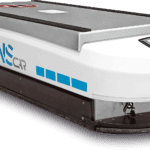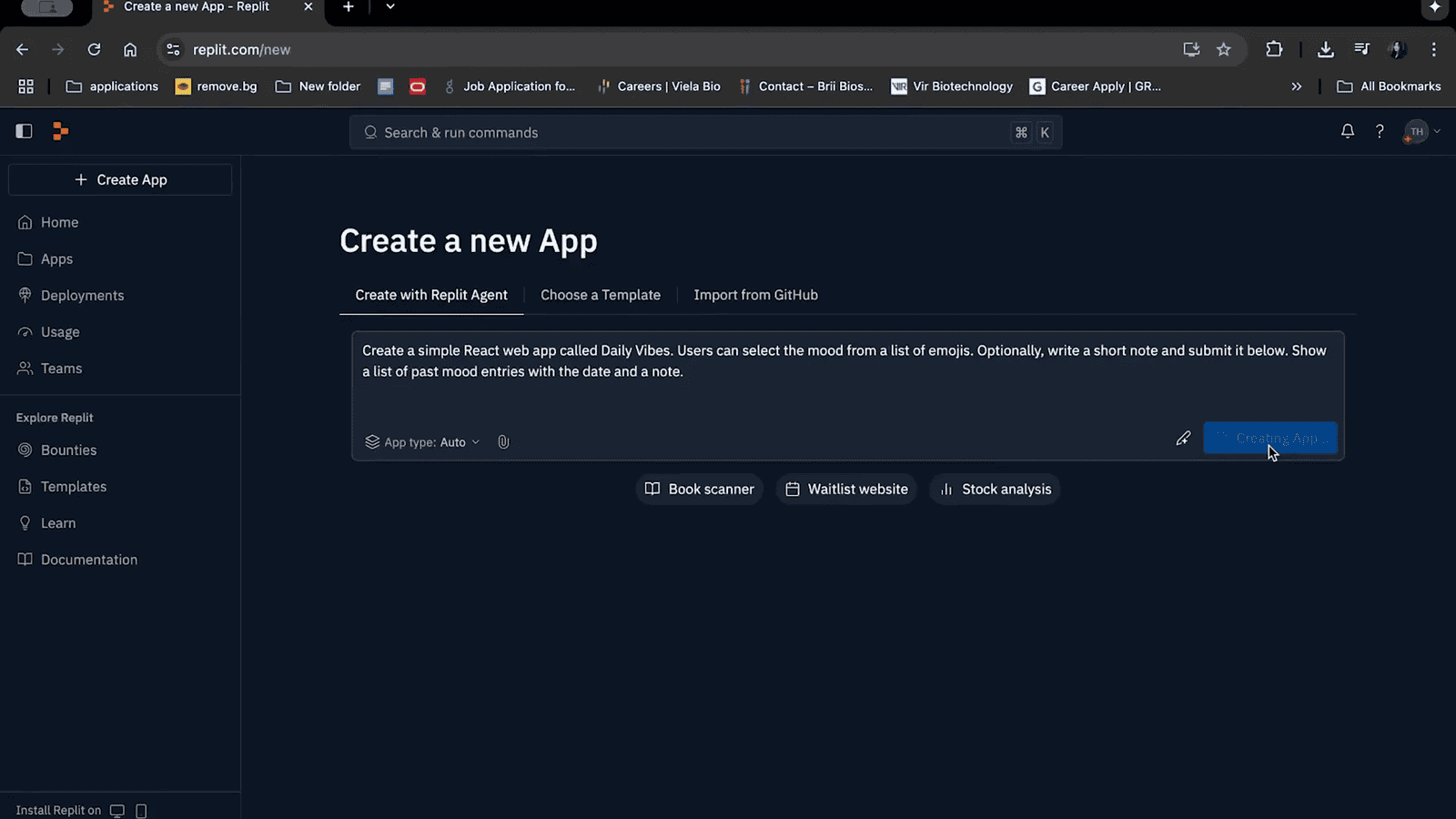In the ever-evolving landscape of technology, the role of robotics, especially Automated Guided Vehicles (AGVs), has become increasingly pivotal. In this article, we delve into the insights shared by Ling Ting Ming, the founding president of OTSAW Robotics, during an enlightening conversation with Anna from the podcast “Exploring with Anna: Voices of Tomorrow.” This discussion not only illuminates Ling’s journey into the robotics industry but also sheds light on the transformative potential of AGVs in sectors like healthcare and security.
Table of Contents
- Ling’s Journey: The Road to Robotics
- The Birth of OTSAW Robotics
- The Role of AGVs in Healthcare
- Market Dynamics and Investment Strategies
- Future Vision: The Era of Service Robotics
- Conclusion: Embracing the Future with AGVs
- FAQ
Ling’s Journey: The Road to Robotics
Ling’s journey into robotics began in 2015, after a successful stint in the telecommunications sector with his first company, Active Technology. Despite having built a stable business with over 500 employees, he felt a need for change and inspiration. His visit to Silicon Valley proved to be a turning point, exposing him to a culture of innovation and rapid success.
“I was drawn into the magic of Silicon Valley…people go there and they have a lot of ideas, creativity; they are not afraid to fail.”
This experience ignited Ling’s passion for robotics, particularly within the healthcare sector. He saw an opportunity to leverage technology to address real-world challenges, particularly in labor-intensive industries. The initial years were dedicated to research and development, where Ling and his team focused on developing software for AGVs, laying the groundwork for what would become OTSAW Robotics.
The Birth of OTSAW Robotics
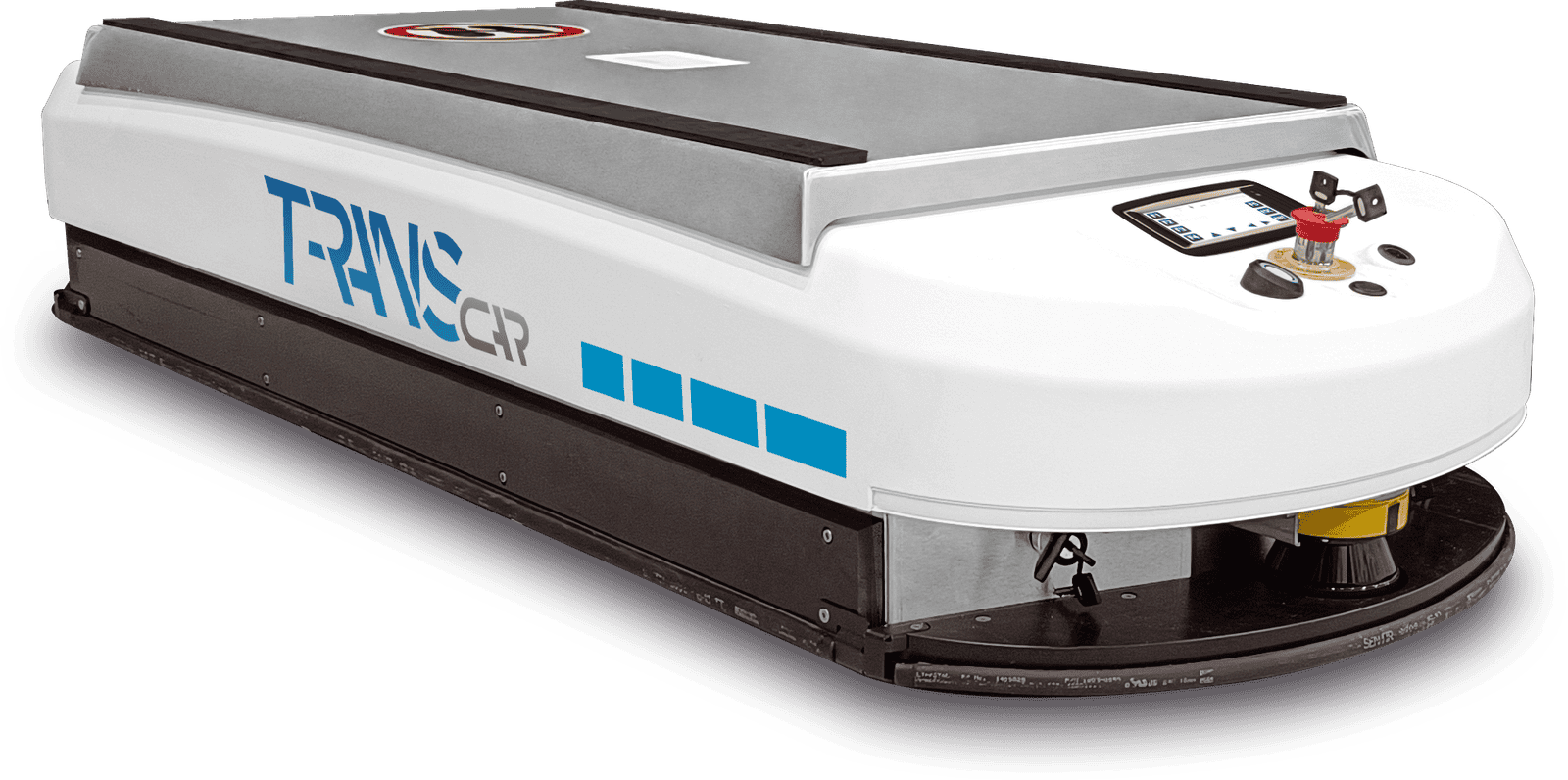
OTSAW Robotics was conceived out of a desire to innovate and push boundaries. Initially, the focus was on building software, which involved significant investment without immediate returns. Ling recalls:
“We were doing nothing but burning money for the first three years just developing the software.”
Despite the challenges, Ling’s commitment to learning and adapting paved the way for the eventual creation of hardware, specifically the O-R3 autonomous security robot. This robot was a response to growing global security concerns, particularly in the wake of increased terrorist activities around the world.
From Concept to Creation
The journey from developing a prototype to launching a commercially viable product was arduous. Ling emphasizes the importance of not underestimating the complexities involved in productization:
“You may be able to build a good prototype, but if you want to make a thousand of the same robot that is consistent, reliable, and can perform, don’t ever underestimate that.”
OTSAW Robotics faced numerous hurdles, including supply chain disruptions during the COVID-19 pandemic. Ling’s experience illustrates the necessity of resilience and adaptability in the face of challenges, especially in a capital-intensive industry like robotics.
The Role of AGVs in Healthcare
One of the most significant applications of OTSAW Robotics’ technology lies in the healthcare sector. Ling highlights the urgent need for automation in hospitals, particularly as the global population ages and the demand for healthcare services grows. He notes:
“You cannot shut down a hospital; it must operate 24/7.”
This reality presents a unique opportunity for AGVs to alleviate the burden on healthcare workers. For instance, the logistics of transporting meals, linens, and medical supplies can be efficiently managed by robots, allowing human staff to focus on patient care.
Challenges and Opportunities
Despite the clear benefits of AGVs, Ling acknowledges the skepticism surrounding robotics in the workforce. Many fear that automation will lead to job losses. However, Ling argues that:
“It’s not about replacing humans; it’s about augmenting their capabilities.”
He emphasizes that AGVs can take over repetitive, labor-intensive tasks that are often unappealing to the new generation of workers. By doing so, these robots can enhance workplace safety and efficiency, ultimately benefiting both employees and patients.
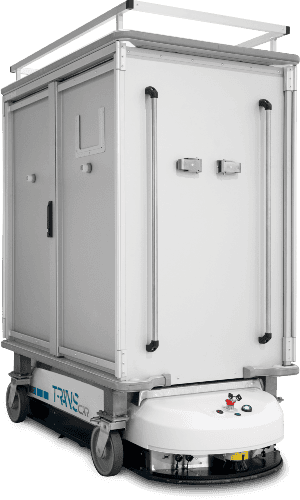
Market Dynamics and Investment Strategies
Ling’s insights extend beyond product development to the broader market dynamics affecting the robotics industry. He notes that securing investment for robotics ventures can be particularly challenging, especially in regions like Singapore where deep tech investment is still emerging.
“Most companies will die not because the tech is no good, but because they run out of cash.”
For aspiring robotics entrepreneurs, Ling advises a strategic approach to fundraising, emphasizing the importance of having a well-prepared pitch deck and understanding the financial landscape. He reflects on his own experiences:
“I didn’t know how to pitch. I thought I was the best salesman on earth, but selling a product is different from selling shares.”
Advice for Aspiring Robotics Entrepreneurs
- Conduct thorough market research before diving into product development.
- Understand the financial aspects of your business, including valuation and investment strategies.
- Be prepared to pivot and adapt based on market feedback and technological advancements.
- Build a strong network of mentors and peers within the industry.
Future Vision: The Era of Service Robotics
Looking ahead, Ling envisions a future where AGVs become ubiquitous in various sectors. He believes that the next two decades will witness a significant rise in the adoption of service robots across healthcare, hospitality, and security:
“We are moving towards an era of service bots. The penetration rate is still very low, indicating a vast market potential.”
This optimistic outlook is rooted in the belief that as technology advances and costs decrease, AGVs will become as commonplace as automobiles, fundamentally changing how we interact with our environments.
Conclusion: Embracing the Future with AGVs
Ling Ting Ming’s journey with OTSAW Robotics serves as an inspiring example of how passion, resilience, and innovation can lead to transformative advancements in technology. As we continue to face global challenges, the integration of AGVs into everyday life promises to enhance efficiency, safety, and productivity across various sectors.
For those interested in the future of technology, particularly in the field of robotics, the insights shared by Ling provide a valuable roadmap for navigating the complexities of this rapidly evolving landscape. As we embrace the future, the potential for AGVs to revolutionize industries is not just a possibility; it is an impending reality.
FAQ
What are Automated Guided Vehicles (AGVs)?
AGVs are mobile robots that follow markers or wires in the floor, or use vision or lasers for navigation. They are used to transport materials in a variety of settings, including warehouses, hospitals, and manufacturing facilities.
How are AGVs used in healthcare?
In healthcare, AGVs can transport medications, supplies, and meals, reducing the burden on human staff and allowing them to focus on patient care.
What challenges do robotics companies face?
Robotics companies often face challenges such as securing funding, navigating market skepticism, and dealing with supply chain disruptions.
Why is the market for AGVs growing?
The market for AGVs is growing due to increasing labor shortages, rising costs, and the need for enhanced efficiency in various industries, particularly post-pandemic.
What is the future of robotics?
The future of robotics is expected to see increased integration of AGVs in daily operations across various sectors, leading to improved efficiency, safety, and productivity.
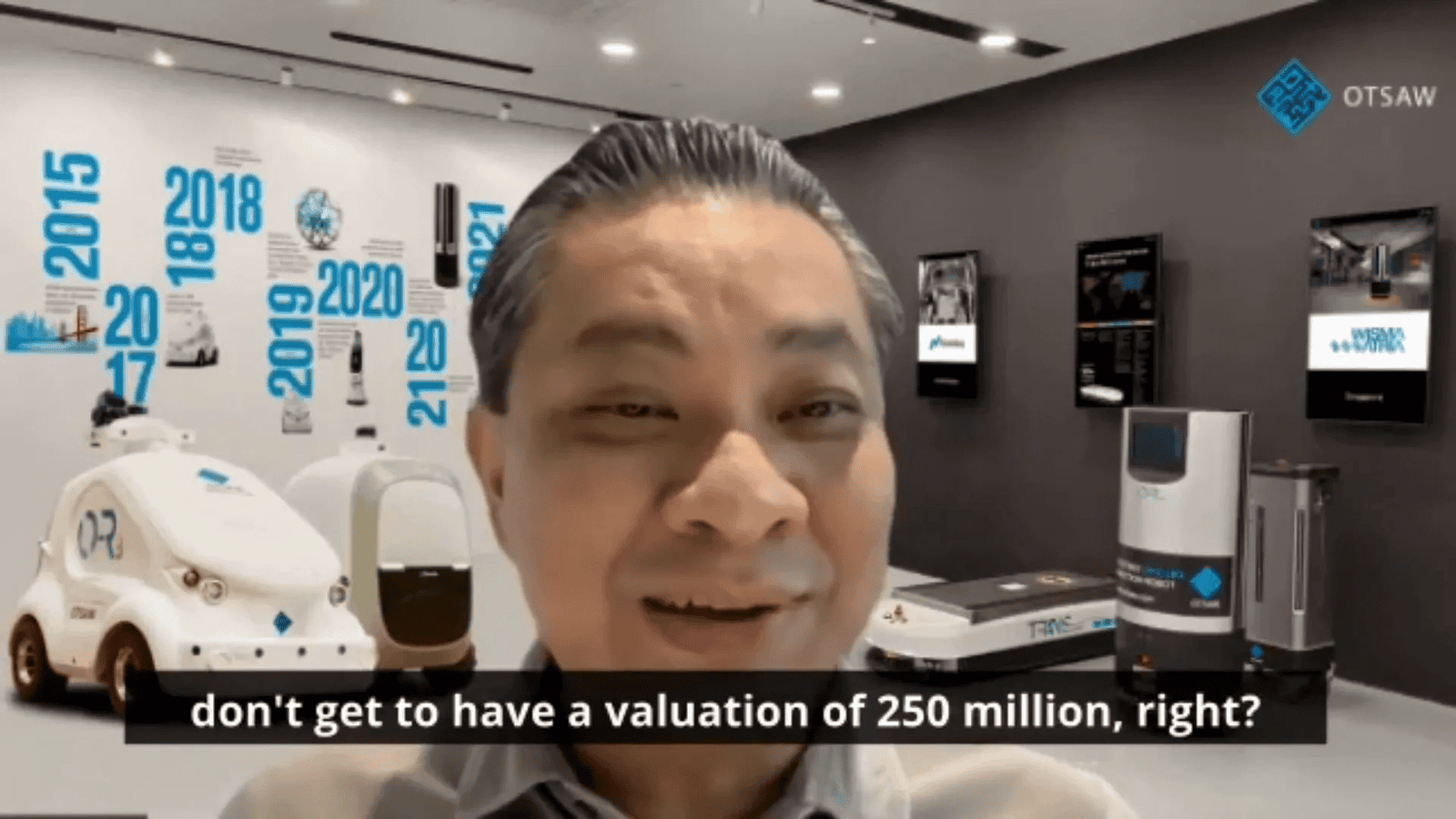
This blog post is inspired by the video Interview with OTSAW Robotics. From Dream to Reality. All credit for the video content goes to the original creator. Be sure to check out their channel for more amazing content!


